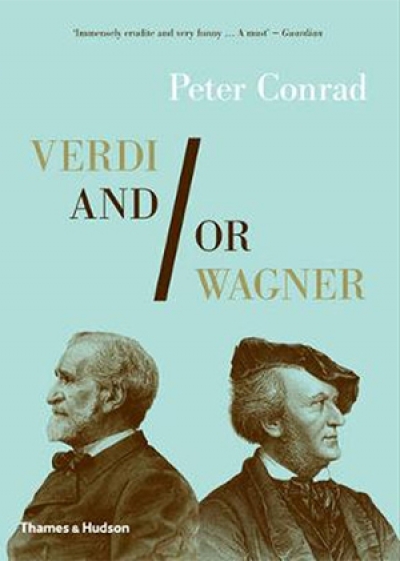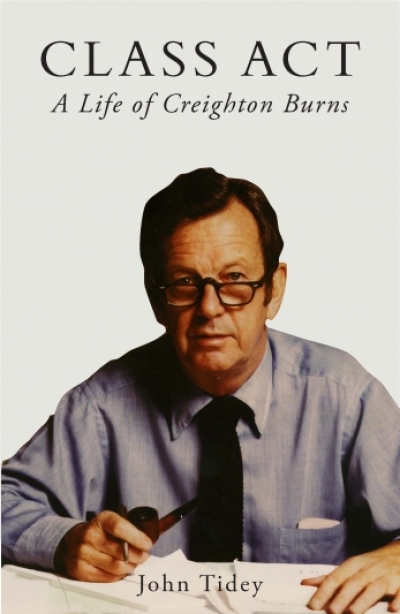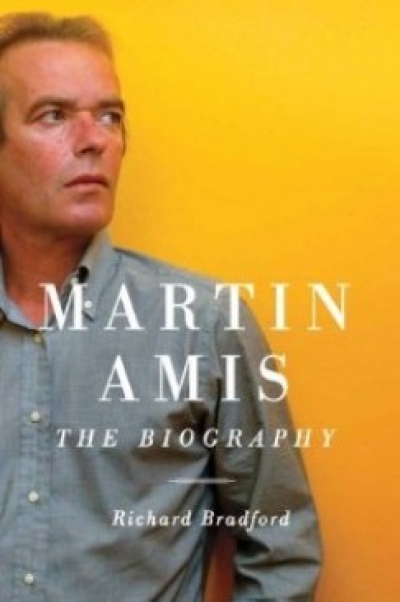Biography
The People Smuggler: The True Story of Ali al Jenabi, the ‘Oskar Schindler of Asia’ by Robin de Crespigny
by Paul Morgan •
Verdi and/or Wagner by Peter Conrad & Great Wagner Conductors by Jonathan Brown
by Robert Gibson •
William Lawrence Baillieu: Founder of Australia’s Greatest Business Empire by Peter Yule
by John Arnold •
Lives of the Novelists: A history of fiction in 287 Lives by John Sutherland
by James Ley •
True North: The story of Mary and Elizabeth Durack by Brenda Niall
by Susan Sheridan •










